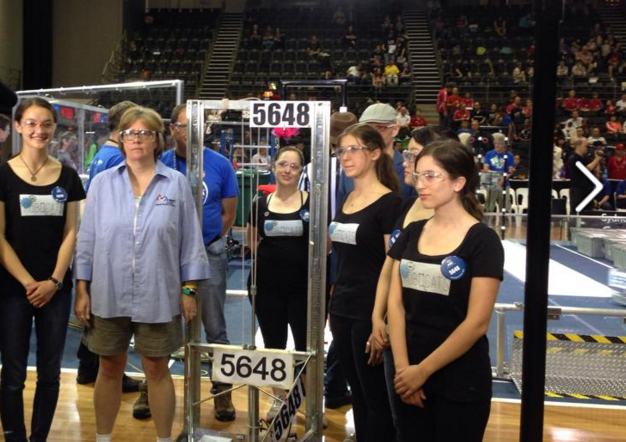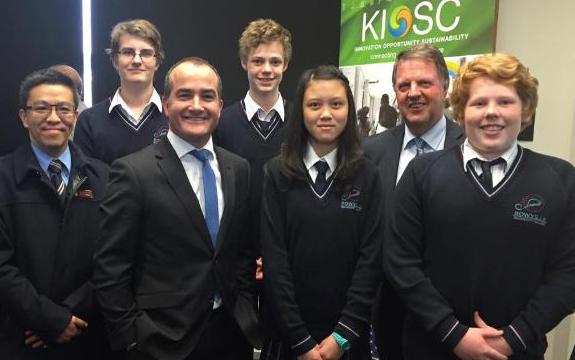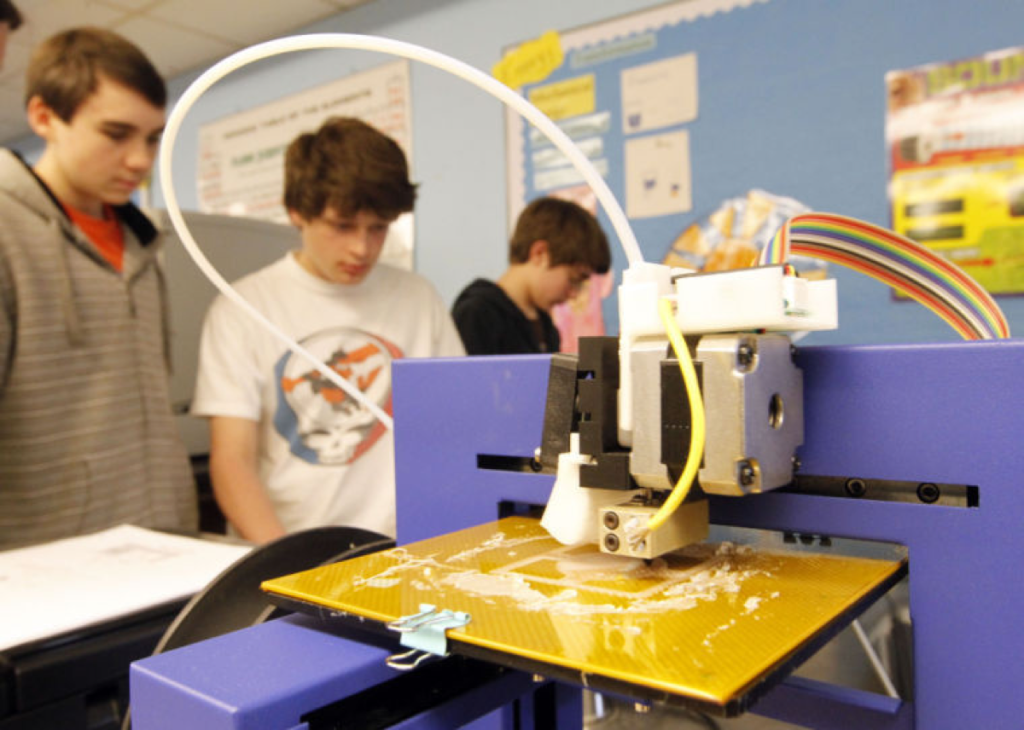 Australia is calling women and children to begin participating in their budding National Innovation and Science Agenda, just beginning to unfold as the government pours $48 million into a STEM literacy program–and another $13 million encouraging women to seek careers in the areas of science, technology, engineering, and mathematics.
Australia is calling women and children to begin participating in their budding National Innovation and Science Agenda, just beginning to unfold as the government pours $48 million into a STEM literacy program–and another $13 million encouraging women to seek careers in the areas of science, technology, engineering, and mathematics.
Funding began in December as the Australian government begins working steadily to catch up with other countries who are currently being so vocal and hands-on about getting STEM curriculums into schools–namely, the US, China, and Singapore, and with many European countries emphasizing the importance as well.
With so many hot technology companies and startups in the market today, often with hip young founders at their helm, many students–of all ages–dream of working somewhere like Apple or Google one day. These dreams can’t ever even come close to reality if students aren’t being exposed to and excelling in STEM education. And it’s widely agreed that introduction of these skills must start early, engaging little ones in play-related exercises, and then moving up. Integrating the skills early and in a fun way is, as most any teacher or parent will attest, a much better route than waiting too long and panicking older students about their futures as graduations and impending job hunts loom.
Definitely plunging in with the ‘get them while they’re young’ concept, eliminating the fear of technology (or never allowing it at all) and promoting enthusiasm early on, Melbourne’s King David School is one learning institution working wholeheartedly to see that their students do indeed graduate with the skillsets required in an increasingly global market where those coming to interviews and new positions have the STEM backgrounds offering knowledge needed for more complex jobs. Providing meaningful, real life applications, school curricula in areas such as physics show students interacting in a variety of substantial projects such as the exploration of multi-wave astronomy, where they are able to 3D print a space-based observatory.
 Other STEM-related activities at the school involve the creation of the Melbourne RoboCats, a competitive all-girl team which has gone so far as to build a 50kg Cat-a-Tonic robot that they will be entering in a FIRST Robotics competition–an international challenge for high schoolers, requiring them to build game-playing robots which are entered after a six week creation process. This is part of the push to get girls involved, rather than allowing the stereotype of STEM interests and careers remain one that is characteristically thought of to be male oriented and dominated.
Other STEM-related activities at the school involve the creation of the Melbourne RoboCats, a competitive all-girl team which has gone so far as to build a 50kg Cat-a-Tonic robot that they will be entering in a FIRST Robotics competition–an international challenge for high schoolers, requiring them to build game-playing robots which are entered after a six week creation process. This is part of the push to get girls involved, rather than allowing the stereotype of STEM interests and careers remain one that is characteristically thought of to be male oriented and dominated.
Kids participating at the KIOSC in Swinburne University are also heavily engaged in using items like 3D printers, laser cutters, and a range of accompanying programming tools in 3D labs, encouraged to use their creativity and see where it goes, in a low-pressure learning experience.

The Hon James Merlino, Deputy Premier and Minister for Education, launches KIOSC’s Careers of the Future Program at Swinburne University of Technology’s Wantirna campus
Part of the beauty–and excitement–in working to deliver STEM education to students and adults is that there are so many different approaches available, and this is already being exemplified in Australia. Another successful, ongoing program is to be found at Barker College in Sydney where students are actually able to be part of the Formula One program, and work to design, and build model F1 cars, which they are able to race.
Programs like these, which allow students to work with those who are involved in technology and all that encompasses STEM, offer an incredible experience, generally leaving them wanting more–and prompting the enthusiasm to look into STEM-oriented careers for which they will have already been building experience. Responsibility for seeing that kids receive the proper training for jobs falls on both the companies who want to hire them, ultimately, as well as educators. What are your thoughts on beginning STEM education in the early grades? Tell us in the Australian STEM agenda forum over at 3DPB.com.
[Source: Australian Business Spectator]Subscribe to Our Email Newsletter
Stay up-to-date on all the latest news from the 3D printing industry and receive information and offers from third party vendors.
You May Also Like
3D Printing News Briefs, April 27, 2024: Research, Digital Dentistry, Cycling, & More
We’re starting today’s 3D Printing News Briefs with some research into 3D printed luminescent quantum-dot polymer architectures and free-form laser beam shaping, and then on to an open source 4-axis...
HP & INDO-MIM Collaborate to Boost Metal 3D Printing in India
HP Inc. and INDO-MIM, a US- and India-based supplier of metal injection molding (MIM) powders and contract manufacturer, have announced that the two companies will collaborate to accelerate additive manufacturing...
3D Printing News Briefs, February 17, 2024: Shot Blasting, Service Bureaus, & More
In today’s 3D Printing News Briefs, we’re starting out with post-processing, as SKZ Würzburg is using a shot blast system from AM Solutions for its research. Moving on to business,...
3D Printing News Unpeeled: Not That Kind of Organ 3D Printing
GKN Aerospace will create a 150 jobs in Trollhattan Sweden with an investment of $60 million part of which comes from the Swedish Energy Agency’s Industriklivet initiative. The investment will...































